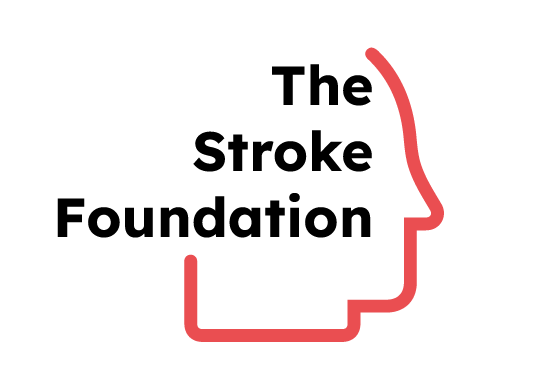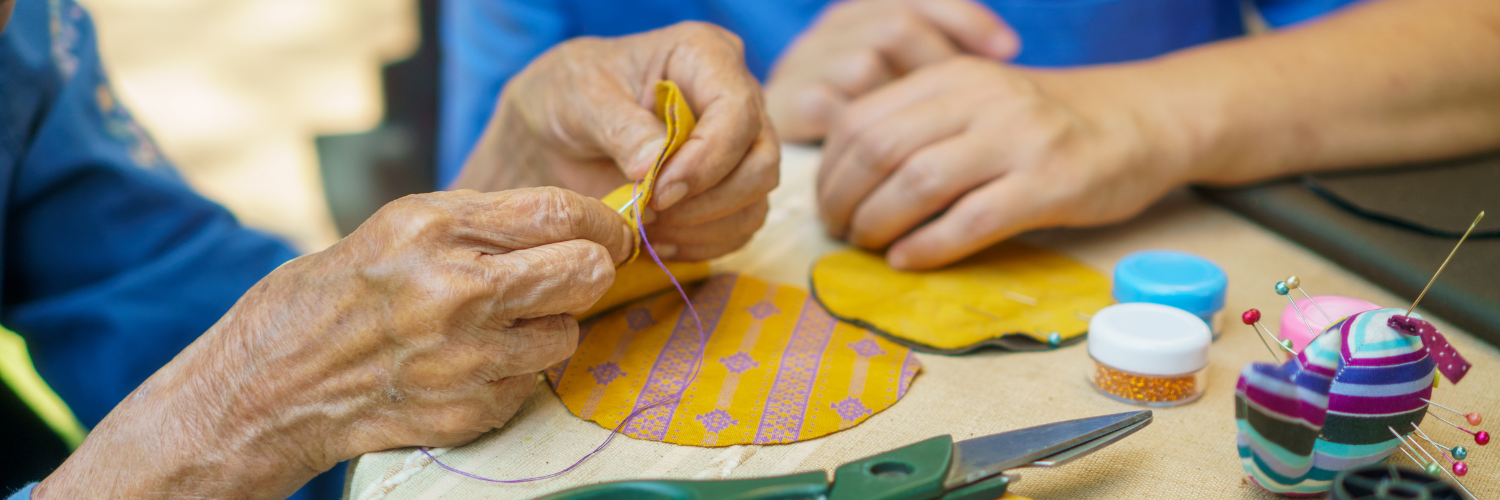What causes ataxia after a stroke?
A stroke occurs when blood flow to the brain is interrupted, depriving brain cells of oxygen and nutrients. This damage can occur in areas of the brain that control movement, coordination, and balance—especially the cerebellum.
When these areas are affected, the brain’s ability to coordinate muscle movement becomes impaired, leading to ataxia.
Signs and symptoms of ataxia
Ataxia may look different for each person, depending on the part of the brain affected and the severity of the stroke. Some common symptoms include:
- Trouble walking or keeping balance
- Poor coordination when reaching, writing, or using hands
- Slurred speech or difficulty swallowing
- Dizziness, vertigo, or frequent falls
- Shaky or unsteady movements (tremors)
- Weakness or fatigue
If your loved one shows any of these signs after a stroke, speak with a healthcare provider. Early intervention matters.
How is ataxia diagnosed?
Diagnosis usually begins with a neurological exam. A provider will assess motor skills, balance, reflexes, and coordination. This might be followed by:
- Imaging tests like CT or MRI scans to evaluate damage to the brain
- Blood tests to rule out other causes
- Referrals to specialists, such as a neurologist or physiatrist
The goal is to understand what part of the brain was affected, and how severe the coordination loss is.
Can ataxia be treated?
There is no one-size-fits-all treatment for ataxia, but a personalized rehab plan can make a significant difference. Most treatment plans include a combination of the following:
Physical therapy
A physical therapist will design exercises to improve balance, strength, and coordination. These can help retrain the brain and body to work together again. Therapy may also include training with assistive devices like walkers or balance aids.
Occupational therapy
Ataxia can make daily tasks difficult. Occupational therapists can teach strategies to regain independence at home, at work, or in social settings—like learning how to eat or dress more safely.
Speech therapy
If ataxia affects speech or swallowing, a speech-language pathologist can help improve communication and reduce the risk of choking.
Medication
While ataxia itself may not be cured by medication, some drugs may help manage related symptoms such as muscle stiffness, tremors, or depression. Blood thinners may also be prescribed to reduce the risk of future strokes.
The importance of ongoing rehabilitation
Stroke recovery is not a one-time event—it’s a long-term journey. Rehab helps the brain form new pathways through a process called neuroplasticity. Over time, the brain can “rewire” itself to adapt to new ways of moving and functioning.
Support from family, friends, and the care team makes a big difference. Encouragement, structure, and small celebrations of progress can help keep stroke survivors motivated.
Final thoughts
Ataxia can affect every part of a stroke survivor’s life, from mobility to communication. But with a clear diagnosis, early intervention, and the right rehabilitation plan, many people regain strength, balance, and confidence.
If you or someone you love is navigating ataxia after stroke, know that support and recovery are possible. You’re not alone—and every step forward counts.


%20(2)%20(1).png)



